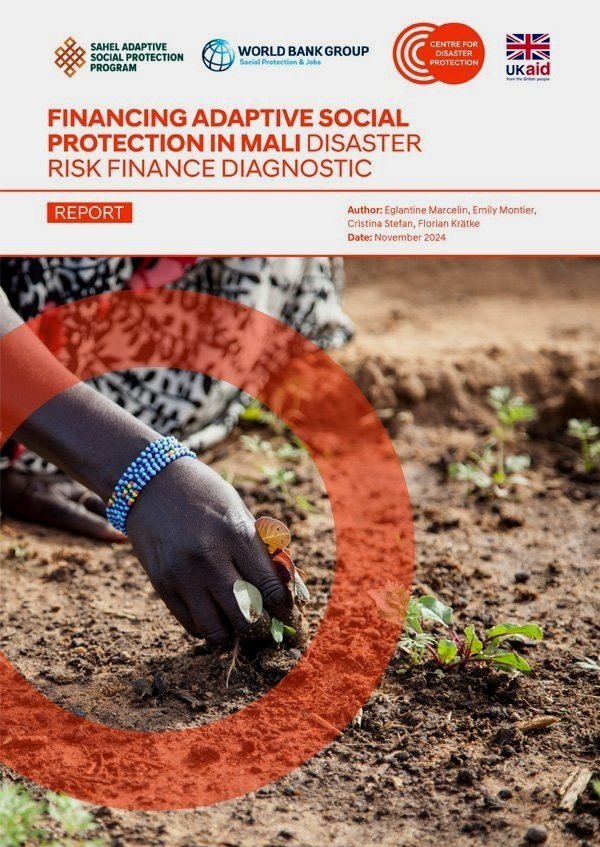FINANCING ADAPTIVE SOCIAL PROTECTION IN BURKINA FASO
As part of the Centre for Disaster Protection's support to the World Bank Sahel Adaptive Social Protection Program (SASPP), the UK-funded Sahel Shock Response Programme seeks to develop a baseline of in-depth analysis on the social protection and disaster risk financing (DRF) landscape in the Sahel region. This is the first in a series of diagnostic reports aimed at informing the design and programming of the Centre’s support to the SASPP.
Available in English and French.




